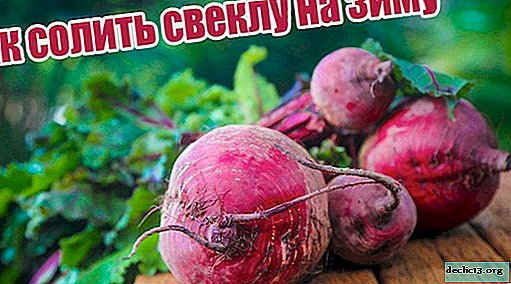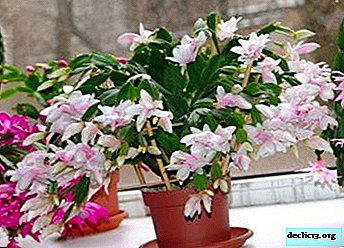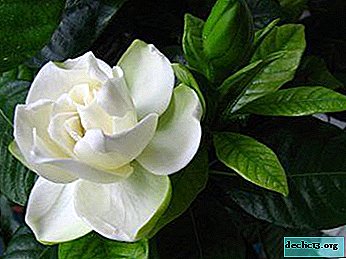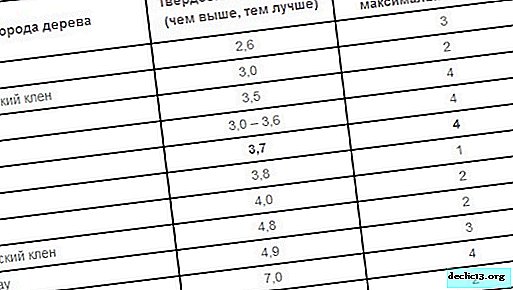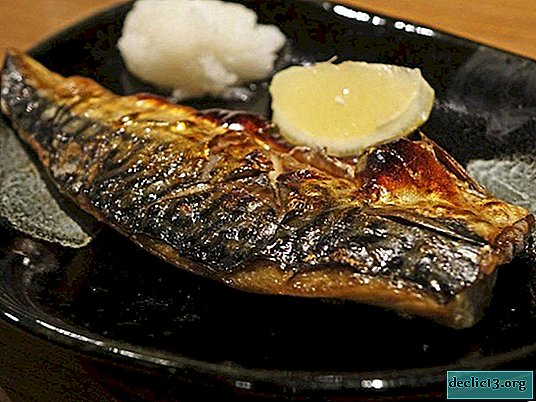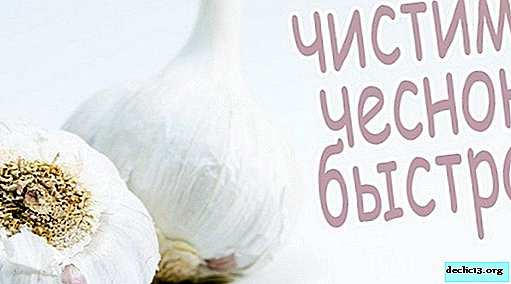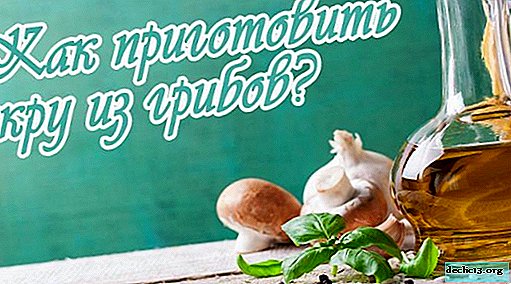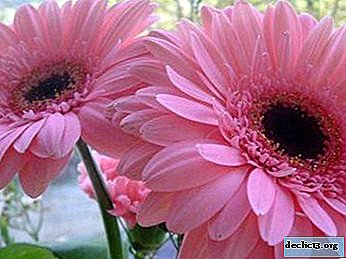Description, characteristics and features of growing Krasnodar Duro radish
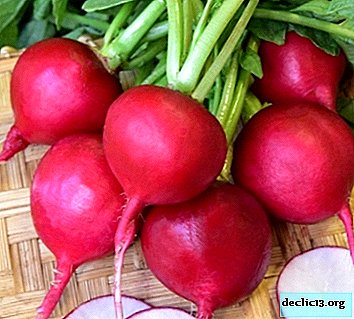
Every year, radishes are in great demand among gardeners. And there is an explanation for this. In addition to unsurpassed taste, this culture contains the most important vitamins and a huge supply of minerals, which are so necessary for the human body to maintain vital functions.
You can plant radishes several times throughout the summer, use both for personal use and for sale. In this article we will try to describe in detail the variety of radish - Duro, how to plant and care, and also analyze its distinctive qualities from other varieties of culture.
Characterization and description of the variety
The variety is presented in the form of round-shaped fruits of bright red color.. The pulp is white, crispy and juicy. Sweet taste rather than bitter predominates. The early ripe culture yields its fruits already 24-27 days after the first seedlings. The tops have a rich green color. With proper care, it reaches almost 25 cm in height.
Duro is considered a large-fruited crop, the average weight of which is almost 40 grams, and its size varies from 7-10 cm in diameter. The yield per square meter is about 3.5 kg. Therefore, it is not difficult to calculate how much you can harvest from 1 ha (1 ha-10,000 m², corresponding to 3.5 * 10,000 = 35,000 kg - 35 tons).
Growing Features
Before planting the Duro radish, it is recommended to choose a suitable place for this. The root crop loves loose, fertile soil in a warm sunny area. Loamy soil with neutral ph is best suited for sowing.You can plant both in open ground and in the greenhouse. In this case, the distance between the seeds should be maintained, otherwise the leaves of the radish will be confused, and from the side the site will look awkward. Normally, the distance between the seeds varies from 4-7 cm, and the depth is from 1-2 cm. The interval between the first and second sowing should not be less than 2.5 weeks.
Also should take care of cultural neighbors. It is highly recommended not to plant a variety next to cabbage, radish and other cruciferous plants. A great place will be next to tomatoes, Victoria (strawberries), onions, legumes.
After harvesting, it is advisable to store vegetable products in the refrigerator for 28 days.
Resistance to diseases and pests
 The cultivar has increased resistance to various diseases and pests. He is not prone to shooting, flowering, as well as to stem.
The cultivar has increased resistance to various diseases and pests. He is not prone to shooting, flowering, as well as to stem.
If agricultural regulations are not followed, immunity loses resistance to pathogenic microorganisms.
To prevent this turn of events, it is recommended that the seeds be sanitized before the sowing process.
Breeding History
The release of the Duro began in 2005, thanks to the breeders of the Krasnodar Territory in the farm "Bychkov L. M". Already in 2007, the variety was entered into the Russian state register as “a variety intended for cultivation in personal subsidiary plots”.
Differences from other varieties
Among the main advantages, the following were found:
- "Continuous cycle" of the crop;
- developed and stable immune system against various diseases and pests;
- It does not require special care;
- not whimsical to the composition of the soil.
That is why the Duro variety expresses great sympathy among gardeners.
Advantages and disadvantages
Culture has some important advantages:
- impressive dimensions;
- relatively high productivity;
- possesses unsurpassed tastes;
- there is no loss of taste even during prolonged storage;
- well withstands transportation;
- does not lose its presentation with infrequent watering;
- suitable for cultivation in areas with cold climates.
The disadvantages are practically absent:
- a bitter taste is observed with insufficient watering;
- Frequent weeding from weeds is necessary.
Why and where is it used?
Duro variety is widely used for food. Thanks to unsurpassed tastes, the culture can be added for dressing in salad, in the first cold dishes (okroshka). It goes well with fish and meat products. It can also be used as a base for sauce.
The variety contains the most important, essential vitamins and minerals. Therefore, it was included in the menu of healthy and proper nutrition.Features
Growing
 The culture is grown by seed. Before planting seeds, it is necessary to fertilize the soil with humus or manure. Then make furrows at a distance of 10 cm from each other, and between the holes 5 cm.
The culture is grown by seed. Before planting seeds, it is necessary to fertilize the soil with humus or manure. Then make furrows at a distance of 10 cm from each other, and between the holes 5 cm.
It is necessary to conduct a selection: to sow exceptionally large and undamaged seeds. They should be pre-wrapped in wet gauze for a day, 4 hours, kept in the refrigerator for hardening, and kept the whole night in a weak solution of potassium permanganate (3%).
Harvesting and storage
Gardeners recommend harvesting in the morning. Before harvesting in the evening, you must thoroughly moisten the soil.
The Duro variety may lose its qualities if left to ripen in the ridge.
The tops are cut only before sending the crop to storage. Greens should be cut a couple of centimeters above the fruit.
You can store in the refrigerator or in the cellar, while the land from the fruit is not removed. Shelf life in the refrigerator is one month.
Diseases and Pests
Radish pests include cabbage fly larva and cruciferous flea. That is why it is recommended that the culture be grown far from plants of the cruciferous family. Insects gnaw the fruit, making moves there. Phyllotreta crusiferae infects fruit leaves, which causes them to turn yellow and lose their natural appearance.
Possible diseases:
- blackleg;
- powdery mildew;
- keel;
- rust is white.
As therapeutic measures, spraying with weak solutions of copper sulfate and soap, as well as Bordeaux liquid, is suitable. A drop of potassium permanganate is well suited for disinfecting the soil.
Similar types of radishes
 Gardeners produce several varieties of radishes, similar to Duro:
Gardeners produce several varieties of radishes, similar to Duro:
- According to the degree of germination and ripening: Heat, Dawn, Jolie.
- Street cultures: Cherry Belle, Camelot.
- Non-Shooting Varieties: Mokhovsky, Rhodes, Spotlights, Dawn, Corsair.
Unpretentious in special care, the variety tolerates high and low temperatures, which allows you to grow this culture in areas with both hot and cool climates. Large and juicy fruits have unrivaled flavors, which makes the variety not only eat, but also put up for sale. Due to its well-developed immunity, Duro radish is resistant to diseases and the invasion of harmful insects.
Useful video
We offer you to watch a video about a variety of radish Duro Krasnodar:

